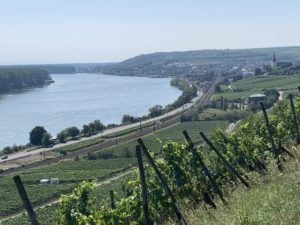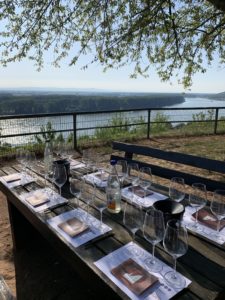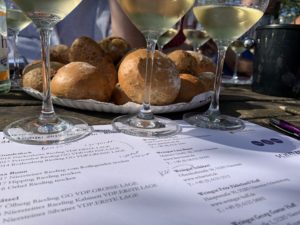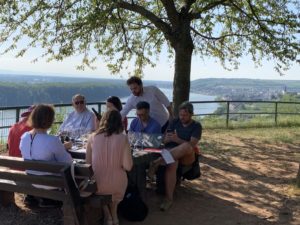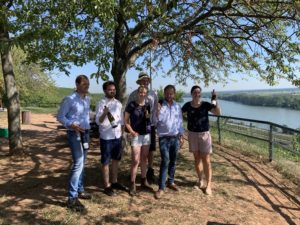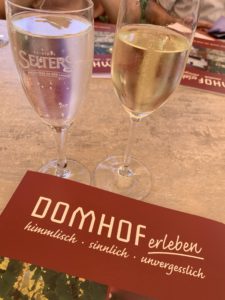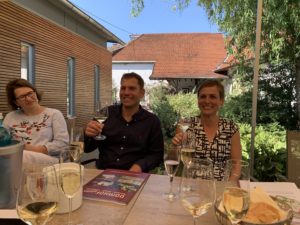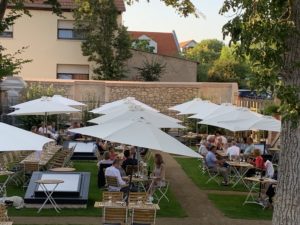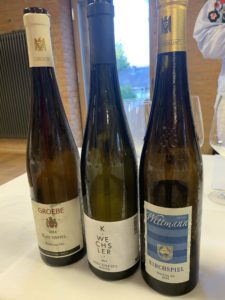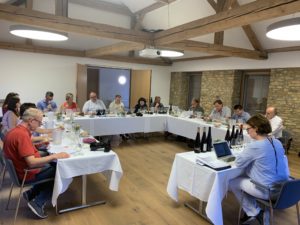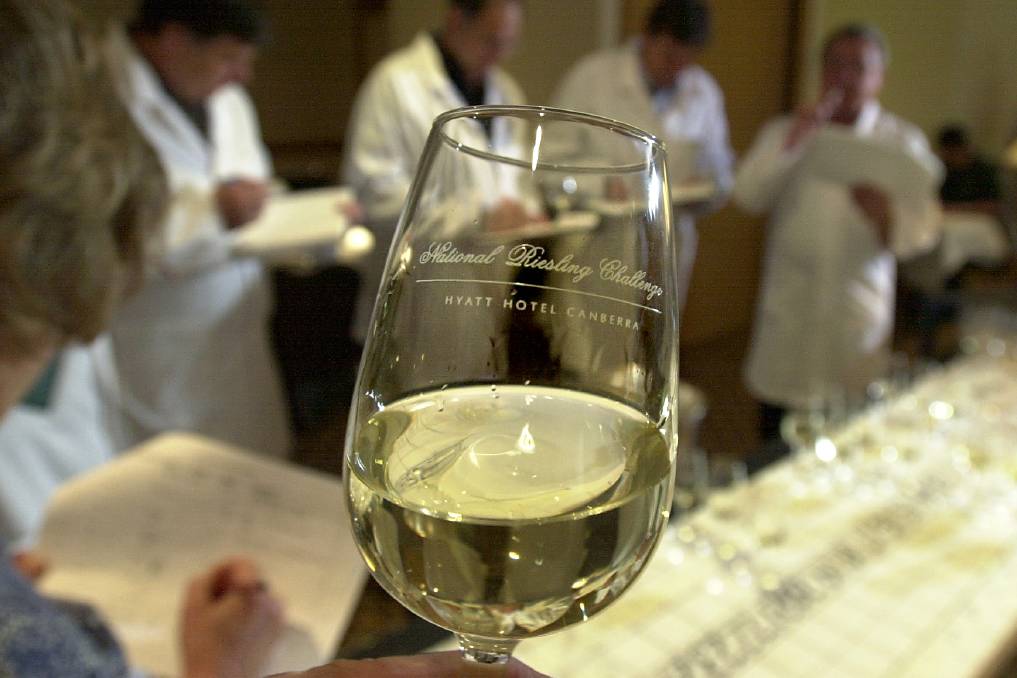One of the favorite grapes of the true wine connoisseur, Riesling comes in many types, from sparkling to dry, from medium to sweet. Here is an analysis of the results and a list of all the medalists from the 2020 competition.
If you want proof of Riesling’s versatility, then look at the spread of top medals in this year’s competition. Held for pure Riesling only, there were many entries for sparkling wine, dry still wines, medium-dry and sweet ones, including an outstanding Icewine at the end of the tasting. It shows that not only can Riesling be used to make a wide array of wine styles, but in each case, it can achieve excellence. This is rare in the wine world, where noble grapes tend to create something exceptional in one or two styles, with only Chenin Blanc, and perhaps Furmint, being other grape varieties that of that are capable of yielding excellent sparkling, dry and sweet results.
CRISP FINISH
At higher prices, there were two brilliant Rieslings from Domaines Schlumberger, representing a pair of Alsace grand crus: Saering and Kessler, with the former showing a touch riper peachy fruit, honey and tangerine, and the latter more pear and apple, along with chalk and salt characters on its crisp finish.
Germany was the source nation of the final Gold in this sweetness category, with the powerful Rheingau Grosses Gewachs Riesling from Weingut August Eser, loaded with apricot richness, a touch of sweetness, and a stony, dry, lime-fresh finish.
The rest of our outstanding wines came at higher sweetness levels, notably the Riesling Rotschiefer from the Mosel’s Weingut Sorentburg, with peach and strawberry, a whiff of kerosine, and a persistent clean citrus note.
The final wine of the tasting turned out to be another Master. It was layered with fruit flavors from mango to apricot, along with dried apple and raisins. It was unctuous too, with almost 190g/l of sugar, but offset by a tangy freshness. It had the characters of great Icewine, which we later learned it was, and from Canada’s Andrew Peller Estates.
The 2020 competition was judged by David Round MW, Patrick Schmitt MW and Patricia Stefanowicz MW in December at London’s 28°-50° Wine Workshop & Kitchen. The top wines were awarded Gold, Silver or Bronze medals according to their result, and those expressions that stood out as being outstanding in their field received the ultimate accolade – the title of Riesling Master.
“After a glorious day of judging the Riesling Masters in 2020, it is difficult to understand what is not to love about the Riesling grape variety. This great grape shows its range of styles beautifully, far beyond its ‘homeland’ of Germany, Alsace and Austria. Dry Rieslings can sometimes appear ‘acidic’ or ‘stretched’. Not this category here. With just a tiny bit of residual sugar and ripe fruit, these wines have purity of citrus flavors, ranging from lemon-lime in the Clare Valley (Australia) through tangerine to orange zest (Eden Valley, Australia). Apple, pear, honey and minerality are more apparent in the wines from Germany or Alsace. Many of them have a lovely accent of lemon or orange blossom adding interest.” Patricia Stefanowicz MW
Here is the link which features all the medalists from this year’s competition.
https://www.thedrinksbusiness.com/2021/01/the-best-wines-from-the-global-riesling-masters-2020/
Source: Drinks Business

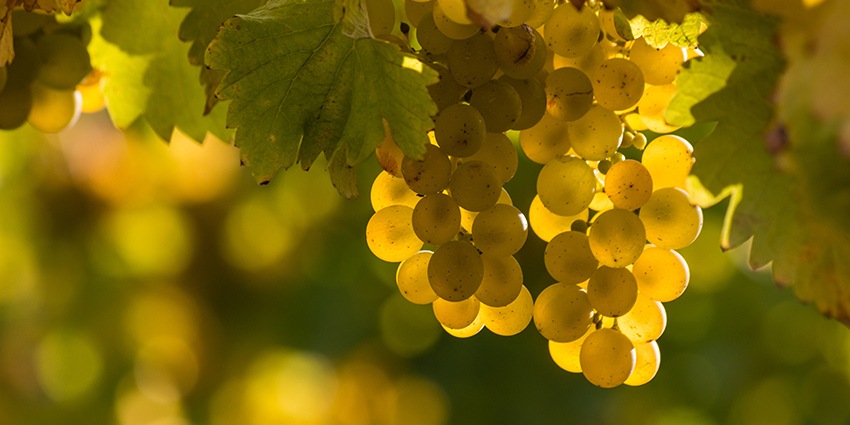
![Exploring the Diversity of the Rheinhessen Wine Region [Part 3 of 3] — VDP “Große Lage” Seminar and Tasting](https://www.liz-palmer.com/wp-content/uploads/2019/12/IMG_6234-1200x900.jpeg)
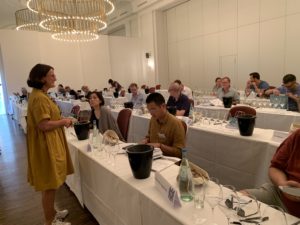
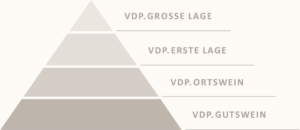
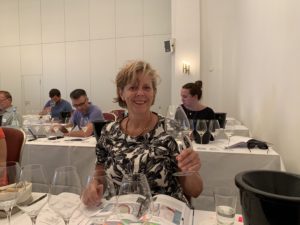

![Exploring the Diversity of the Rheinhessen Wine Region [Part 2 of 3]](https://www.liz-palmer.com/wp-content/uploads/2019/12/IMG_5432-1200x900.jpeg)
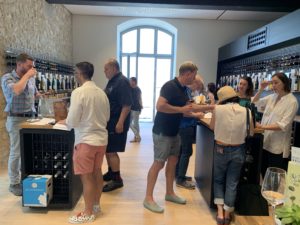
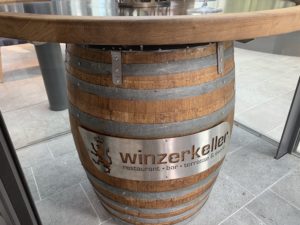
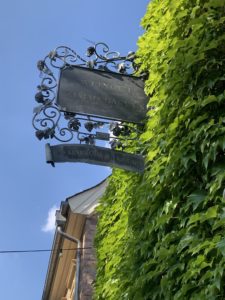
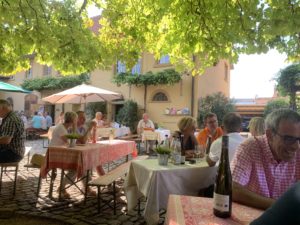
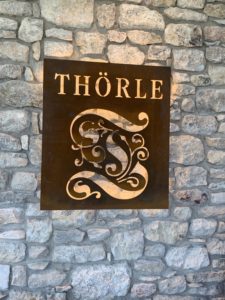
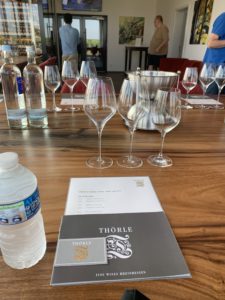
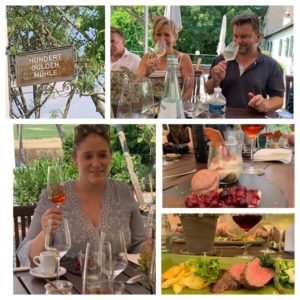
![Exploring the Diversity of the Rheinhessen Wine Region [Part 1 of 3]](https://www.liz-palmer.com/wp-content/uploads/2019/12/Liz-Palmer-Rheinhessen-1-1200x900.jpeg)
